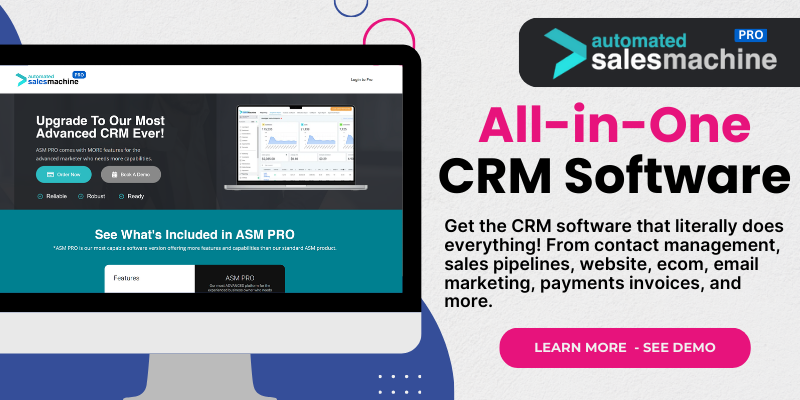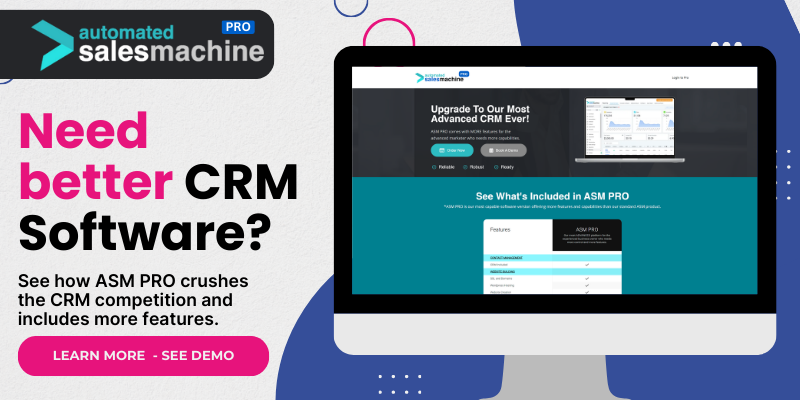Understanding the Basics of Jira
What Is Jira?
So, to kick things off, let’s talk about what Jira actually is. I’ve been using Jira for quite a while now, and honestly, it’s an incredibly powerful tool primarily designed for tracking issues and managing projects. It’s developed by Atlassian and is widely popular among software development teams. But before we dive deeper, it’s crucial to recognize its main focus. Jira excels in helping teams track tasks and manage their workflows efficiently.
Most folks think of Jira when they hear about agile project management. As someone who’s dipped my toes into the scrum methodology, I can vouch for the planning features that Jira offers. It allows teams to create boards, sprints, and backlogs, giving a structured way to manage ongoing projects while keeping everyone on the same page.
However, what’s key here is understanding that while Jira is fantastic for project management, CRM (Customer Relationship Management) is a whole other game. Keep this distinction in mind as we explore this topic further.
The Core Functionality of Jira
Alright, let’s get into the nitty-gritty of what Jira does best. The core functionality revolves around issue tracking and project management features. You can create tickets, assign them to team members, and track progress in real time. From a personal standpoint, this visibility makes a world of difference when it comes to collaboration.
As you navigate through different projects, the ability to filter issues based on various criteria is super helpful. I’ve found that using custom dashboards lets me see exactly what I need—no more chasing down requests or questions about task statuses. It’s all laid out in front of me!
But again, while it’s superb for project management, utilizing Jira as a CRM tool might not be the best leverage for businesses focused on customer relationships. So, let’s compare this functionality to what a CRM solution offers.
Why Jira Isn’t Primarily a CRM Tool
I remember the first time I considered using Jira as a CRM. I was curious, thinking “Could it help with sales tracking too?” But after some exploration, I quickly realized that Jira was primarily designed for development teams, not sales teams. The features necessary for managing customer relationships are generally lacking.
For example, there’s a notable absence of capabilities like customer segmentation, sales pipeline management, or detailed analytics that you would typically find in dedicated CRM software. While Jira can track customer feedback or issues, it doesn’t offer the comprehensive contact management that CRMs do.
So, in essence, while you can shoehorn some CRM functionalities into Jira with enough customization, it’s not inherently equipped for that role. Let’s pivot now to explore how teams can use Jira effectively without misclassifying it!
How Teams Use Jira Effectively
Customizing Jira for Your Team
Alright, one of the biggest strengths of Jira is its customization capabilities. This flexibility has allowed me and my team to tailor the tool to fit our specific needs, especially in project management without turning it into an awkward CRM. For instance, setting up custom fields can help capture important information that’s relevant to our process.
When customizing, think about what data is vital for your projects. Do you need to track customer feedback or project-specific metrics? Those can be implemented in Jira as fields on your tickets. Having this information at your fingertips can make decision-making much smoother.
However, when delving into customization, it’s crucial to maintain focus. Customization is fun, but too much can cloud things up. Keeping it simple yet effective is the key!
Integrations with Other Tools
One of my favorite aspects of Jira is its extensive integrations with other software tools. If you’re considering using Jira, this is a game-changer. For example, you can integrate it with Confluence for documentation or Slack for notifications.
But if you’re keen on leveraging customer management capabilities while using Jira, consider integrating a dedicated CRM tool. This can bridge the gap between issue tracking and customer relationship management, enabling better communication and data flow between your teams.
In my experience, pairing Jira with other services helps in streamlining operations. For instance, using a CRM alongside Jira can allow sales teams to do their thing while development teams manage their tasks within Jira seamlessly.
Monitoring Progress and Metrics
Alright, let’s not forget about the data part! Monitoring progress is where Jira shines. The reporting features are robust and can help teams analyze their performance over time. You can generate sprint reports, velocity charts, and even control charts to visualize your team’s progress.
Taking the time to analyze these metrics has been invaluable for me and my team. It provides insights into how we’re doing and where we can improve. Plus, tracking customer issues and feedback through Jira can help your team recognize trends that may influence customer satisfaction.
But remember: metrics are only as valuable as the action you take based on them. So take the time to analyze, discuss, and apply improvements to your workflow and project management processes.
Advantages of Using Jira
Enhanced Collaboration
One standout advantage of using Jira is enhanced collaboration among team members. Everyone is on the same page, which helps in ensuring that tasks don’t slip through the cracks. From personal experience, that visibility creates an environment where everyone feels responsible for their part of a project.
Jira encourages transparency and accountability. When team members can see who’s doing what and when tasks are due, it motivates everyone to pull their weight—no more “I thought someone else was handling that,” which can be a real project-killer!
Plus, the commenting feature allows team members to discuss issues directly on tickets, making conversations visible and contextual. This is a fantastic way to keep your entire team informed without unnecessary email chains.
Customization Capabilities
As mentioned earlier, the extent of customization in Jira can’t be ignored. I personally love how my team can tweak the workflows to meet our unique needs. Whether it’s customizing workflows to fit Agile, Scrum, or Kanban methodologies, you can mold Jira to serve your project’s requirements perfectly.
When your tools fit your process, everyone benefits—especially the customers. That’s because a refined process generally leads to quicker responses to customer inquiries or issues.
However, I emphasize the importance of balancing customization with user experience. Make it intuitive for everyone involved, ensuring that the enhancements aid in productivity instead of complicate things.
Comprehensive Reporting
Last but definitely not least, the comprehensive reporting capabilities of Jira elevate project management to another level. As someone who thrives on data-driven decisions, I can’t stress enough how helpful it is to visualize project stats.
Within seconds, you can generate reports on team performance, project timelines, and even customer feedback tracking. It makes retrospectives and team meetings much easier when you have actual data to back up discussions.
Using data to inform our decisions has led to significant improvements in our project cycles. And remember, it’s not just about tracking performance; these insights can guide better customer interactions and service delivery as well!
Wrapping Up: Is Jira Right for Your CRM Needs?
Final Thoughts
In closing, while Jira is an amazing project management tool, it’s essential to recognize its limitations as a CRM system. It excels in managing tasks and workflows but lacks many functionalities that dedicated CRM tools offer.
If you’re considering Jira for your project management needs, I wholeheartedly recommend it! But if managing customer relationships is a priority, you might want to pair it with a dedicated CRM to get the best of both worlds.
Always remember, it’s about finding the right tools that match your team’s needs and workflow. Happy project managing!
FAQ
1. Can I use Jira as a CRM?
While you can use Jira for some CRM-like functions, it lacks many essential CRM capabilities. It’s primarily designed for project management and issue tracking.
2. What are the key features of Jira?
Jira’s key features include issue tracking, project management, customizable workflows, and detailed reporting capabilities, making it great for software development teams.
3. How does Jira support team collaboration?
Jira supports collaboration by providing visibility on tasks, allowing comments on tickets, and integrating with other collaboration tools which enhance communication among team members.
4. Can Jira be customized?
Absolutely! Jira is highly customizable, allowing teams to tailor workflows, issue types, and dashboards according to their specific needs.
5. Is Jira suitable for all types of projects?
Jira is best suited for software development and tech projects. However, teams in other industries can still benefit with the right configurations and integrations.

